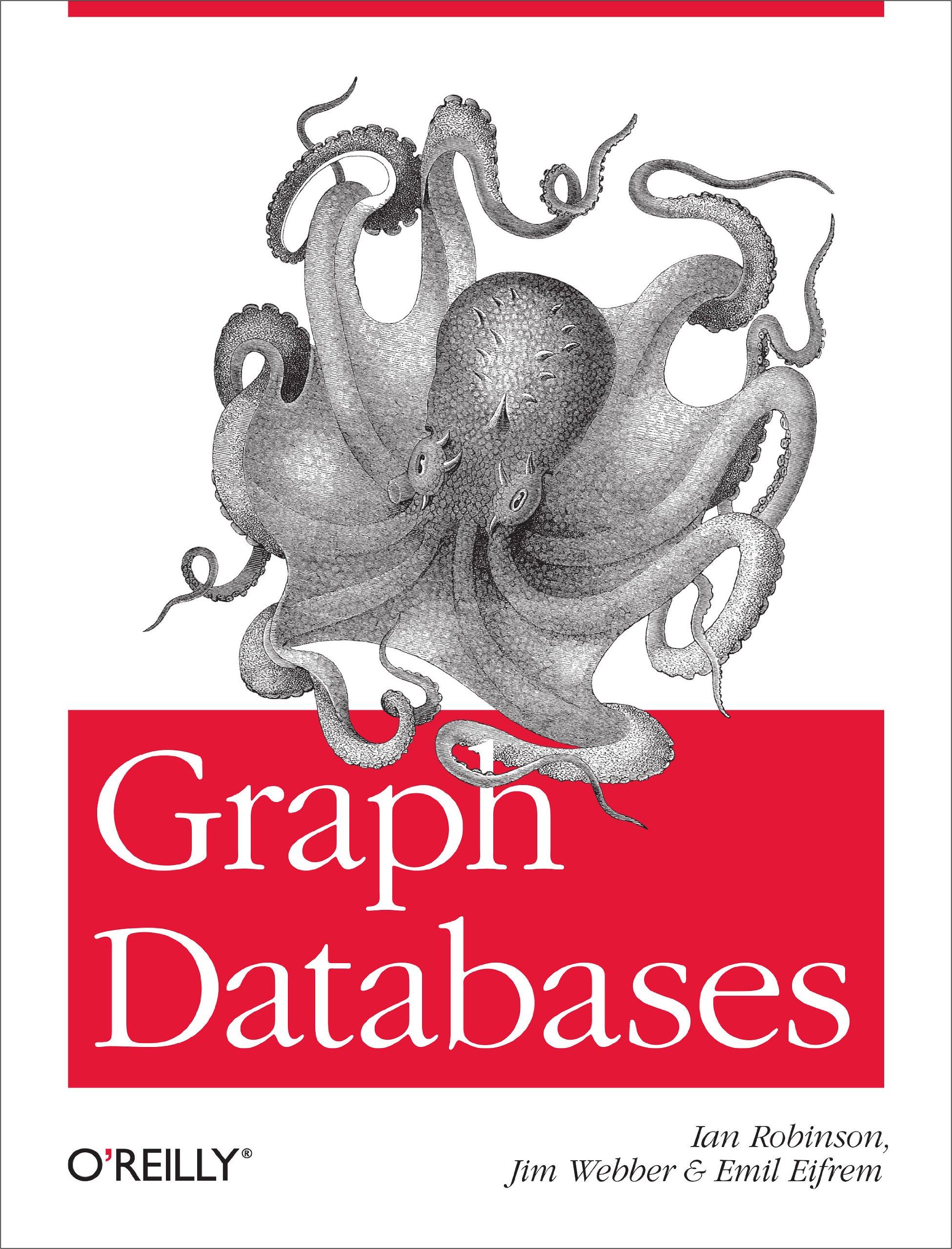Answered step by step
Verified Expert Solution
Question
1 Approved Answer
Multiple Choice Multiple Choice Section 2.1 - 2.2 Introduction to Classes Here is the start of a class declaration: class foo { public: void x(foo
Multiple Choice
| Multiple Choice Section 2.1 - 2.2 Introduction to Classes |
- Here is the start of a class declaration:
class foo { public: void x(foo f); void y(const foo f); void z(foo f) const; ...Which of the three member functions can alter the PRIVATE member variables of the foo object that activates the function?- A. Only x can alter the private member variables of the object that activates the function.
- B. Only y can alter the private member variables of the object that activates the function.
- C. Only z can alter the private member variables of the object that activates the function.
- D. Two of the functions can alter the private member variables of the object that activates the function.
- E. All of the functions can alter the private member variables of the object that activates the function.
- Is it possible for a member function of a class to activate another member function of the same class?
- A. No.
- B. Yes, but only public member functions.
- C. Yes, but only private member functions.
- D. Yes, both public and private member functions can be activated within another member function.
- Can two classes contain member functions with the same name?
- A. No.
- B. Yes, but only if the two classes have the same name.
- C. Yes, but only if the main program does not declare both kinds
- D. Yes, this is always allowed.
- What is the common pattern of class definitions that is used in Chapter 2?
- A. Member functions and member variables are both private.
- B. Member functions are private, and member variables are public.
- C. Member functions are public, and member variables are private.
- D. Member functions and member variables are both public.
- Consider this class definition:
class quiz { public: quiz( ); int f( ); int g( ) const; private: double score; };Which functions can carry out an assignment score=1.0; to the private member variable score?- A. Both f and g can carry out the assignment.
- B. f can carry out the assignment, but not g.
- C. g can carry out the assignment, but not f.
- D. Neither f nor g can carry out the assignment.
- What is the primary purpose of a default constructor?
- A. To allow multiple classes to be used in a single program.
- B. To copy an actual argument to a function's parameter.
- C. To initialize each object as it is declared.
- D. To maintain a count of how many objects of a class have been created.
- Suppose that the foo class does not have an overloaded assignment operator. What happens when an assignment a=b; is given for two foo objects?
- A. The automatic assignment operator is used
- B. The copy constructor is used
- C. Compiler error
- D. Run-time error
Multiple Choice Section 2.4 Classes and Parameters - When should you use a const reference parameter?
- A. Whenever the data type might be many bytes.
- B. Whenever the data type might be many bytes, the function changes the parameter within its body, and you do NOT want these changes to alter the actual argument.
- C. Whenever the data type might be many bytes, the function changes the parameter within its body, and you DO want these changes to alter the actual argument.
- D. Whenever the data type might be many bytes, and the function does not change the parameter within its body.
- Here is a small function definition:
void f(int i, int &k) { i = 1; k = 2; }Suppose that a main program has two integer variables x and y, which are given the value 0. Then the main program calls f(x,y); What are the values of x and y after the function f finishes?- A. Both x and y are still 0.
- B. x is now 1, but y is still 0.
- C. x is still 0, but y is now 2.
- D. x is now 1, and y is now 2.
- Here is a function prototype and some possible function calls:
int day_of_week(int year, int month = 1, int day = 1); // Possible function calls: cout << day_of_week( ); cout << day_of_week(1995); cout << day_of_week(1995, 10); cout << day_of_week(1995, 10, 4);
How many of the function calls are legal?- A. None of them are legal
- B. 1 of them is legal
- C. 2 of them are legal
- D. 3 of them are legal
- E. All of them are legal
Multiple Choice Section 2.5 Operator Overloading and Friends - Which kind of functions can access private member variables of a class?
- A. Friend functions of the class
- B. Private member functions of the class
- C. Public member functions of the class
- D. All of the above can access private member variables
- E. None of the above
Step by Step Solution
There are 3 Steps involved in it
Step: 1

Get Instant Access to Expert-Tailored Solutions
See step-by-step solutions with expert insights and AI powered tools for academic success
Step: 2

Step: 3

Ace Your Homework with AI
Get the answers you need in no time with our AI-driven, step-by-step assistance
Get Started


